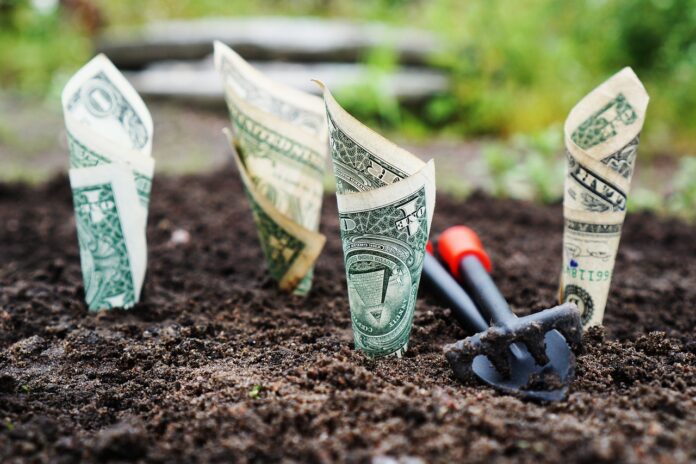An emergency fund is a crucial aspect of financial planning that can provide peace of mind and financial security. It acts as a buffer during unexpected events such as job loss, medical emergencies, or unexpected home repairs.
While building an emergency fund may seem overwhelming, it is not as difficult as you might think. This article will explore some of the easiest ways to set aside an emergency fund.
1. Start small
The first step in building an emergency fund is to start small. You do not need to set aside a large sum of money simultaneously. Start with an amount you are comfortable with and gradually increase it over time.
How you can create your own personal coronavirus emergency fund
You want to be consistent in your efforts. Even if you can only set aside a small amount each week or month, it is better than nothing. Over time, those small amounts will add up and become a significant sum.
2. Cut back on unnecessary expenses
Another way to set aside money for your emergency fund is to cut back on unnecessary expenses. Take a close look at your monthly expenses and identify areas where you can reduce your spending.
For example, you can save money by cooking at home instead of eating out, cancelling subscriptions you do not use, or reducing your water or electricity bills. Cutting back on unnecessary expenses frees up money you can put toward your emergency fund.
3. Set a savings goal
Having a savings goal can help you stay motivated and focused on building your emergency fund. Set a specific savings goal, such as saving Ksh 50 000, and create a plan to achieve it. Determine how much you need to save each month from reaching your goal and track your progress regularly.
How to Build an Emergency Fund and Invest with Confidence
Once you reach your initial goal, set a new one and continue to work towards it. A savings goal can make saving more tangible and help you stay committed to your efforts.
4. Use windfalls wisely
When you receive unexpected money, such as SACCO dividends, consider using it to build your emergency fund. Instead of using the money to make a large purchase or splurge on something, put it towards your emergency fund. This is an easy way to boost your emergency fund without sacrificing your budget.
5. Keep your emergency fund separate
To ensure that you do not dip into your emergency fund for non-emergency expenses, keep it in a different account. This will help you avoid the temptation to use the money for other purposes.
A high-yield savings account is an ideal option for your emergency fund as it allows you to earn interest on your savings while keeping it easily accessible.
Bottom Line
In conclusion, setting aside an emergency fund does not have to be a daunting task. By starting small, automating your savings, cutting back on unnecessary expenses, setting a savings goal, using windfalls wisely, and keeping your emergency fund separate, you can build a solid financial safety net.
Remember, consistency is key. Even small amounts saved over time can make a significant difference in times of unexpected events.








